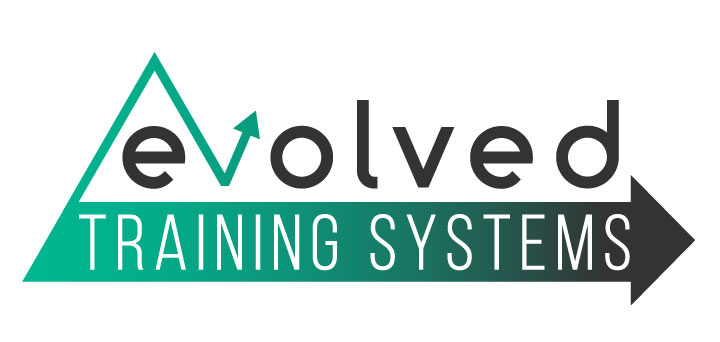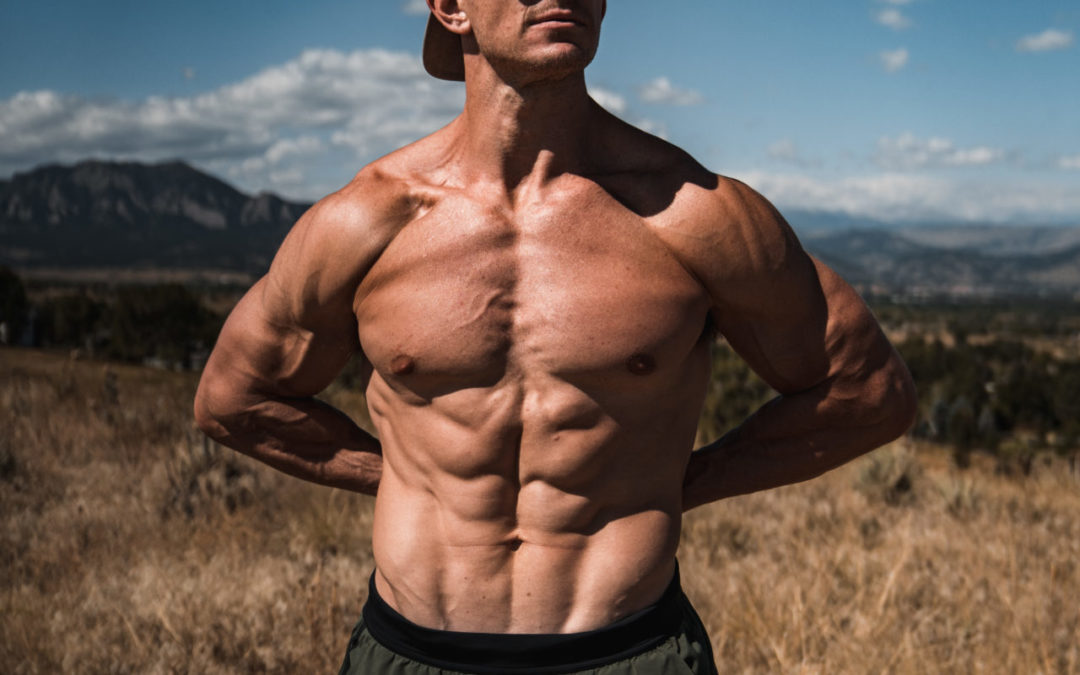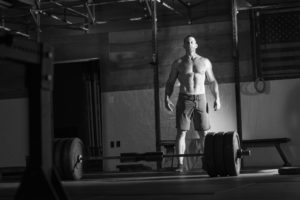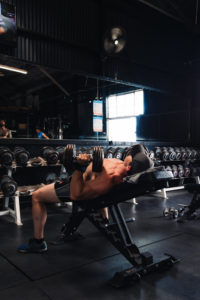Phase potentiation is the idea that one block of training will provide leverage for additional progress in subsequent blocks.
This process was described in detail in the blog post about the “strength and metabolite” cycle, which preceded this current hypertrophy cycle.
In short, the strength cycle helped to make us more neurologically efficient but decreased our work capacity and ability to clear lactic acid. The Metabolite phase revamped the “engine” and optimized our trainability to benefit maximally from this upcoming Hypertrophy phase.
So now we enter the Ascending RPE Hypertrophy cycle, with all the tools needed to benefit from the higher volumes of work that will be performed within the spectrum of 0-5 reps from failure.
What is RPE?
RPE = “Rate of Perceived Exertion” which correlates inversely with Reps in Reserve (RIR).
In the Evolved programs, we’ve tended to use “RIR” as a more accurate and specific designation of “reps from failure.”
In this cycle, I chose to use RPE instead of RIR, because RPE is a measure of perceived effort. The key being effort, which is meant to increase by “one unit” each set. I think RPE conveys the intent more effectively in this case.
If you are someone that prefers a more specific rating system, here’s the inverse correlation for RPE/RIR:
10 RPE = 0 RIR
9 RPE = 1 RIR
8 RPE = 2 RIR
7 RPE = 3 RIR etc…
Implementation of “Ascending RPE” Model
Each REPEATING MOVEMENT will have 4 “work sets” for each exercise (you may find you need 1-2 lighter warm-up sets prior).
Each set, the “RPE” will increase by one unit.
EXAMPLE:
First set at RPE 6 (approx. 4 reps from failure)
Second set at RPE 7 (approx. 3 reps from failure)
Third set at RPE 8 (approx. 2 reps from failure)
Final set at RPE 9 (approx. 1 rep from failure)
There are a few ways in which you can exert more effort set to set:
1. Add a rep but keep the weight the same (100×10, 100×11, 100×12, 100×13)
This is not my preferred way to implement this, but it is totally acceptable for simplicity
2. Add weight set to set, but keep the reps mostly the same (100×8, 110×8, 120×8, 130×8)
I love this approach, but it’s important to remember that the “intended RPE” is the target, which means you may not necessarily achieve the SAME number of reps each set (it will depend how much weight you increase).
Here is how it may realistically play out with Example 2 above:
100×8 (RPE 6)
110×8 (RPE 7)
120×7 (RPE 8)
130×6 (RPE 9)
It’s also important to note that this style of progression does not OPTIMIZE your performance on the heaviest set.
The goal is not to achieve the heaviest possible top set in this cycle. Instead, the purpose is to use all the sets, progressive in nature, to increase the total amount of effective volume possible.
This means that you should use the earlier work sets to hone technique, increase mind muscle connection, and optimize execution, so that you can provide a higher quality stimulus.
Progression
As with any purely “hypertrophy” cycle, progression in load/reps isn’t necessarily the main objective week to week. Yes, it’s great when it happens, and we certainly want to see that we are “stronger” at the end of a cycle than at the beginning; but ultimately, the primary goal is to progress the stimulus in some way.
So, on a more conceptual level, there are a plethora of ways progression can take place without adding load or reps.
1. Performing a movement more effectively (increased mind muscle connection, better setup etc…)
2. More Time Under Tension (i.e. a slower negative, or pausing at the hardest point etc…)
3. Working closer to failure (such as moving from RPE 9 to RPE 10 on a movement)
4. Intensity techniques (supersets, drop sets, rest/pause sets, partial reps, and extended sets)
5. Adding an additional work set (maybe later in cycle prior to a deload week)
Progressive Overload is a realization of something that already happened, NOT an action that is done to elicit a response.
What does that mean?
You REALIZE you got stronger (because the weight feels too light) so you add weight as a means of keeping up with the adaptation.
It means we should NOT add weight in hopes that we have adapted. Rather, it would be better to hang tight, improve execution and efficiency, and then add weight once we’ve realized we have adapted.
Practically, the way this would look in this cycle, is that you are going through your RPE 6-7-8 sets, and they feel great! The weights you used the prior week are moving quickly and overall effort feels lower. This is a sign that you can, and should, increase weight/reps on the final set.
If that all goes well, then you may consider increasing the loads on the earlier sets the next week.
However, it’s always a good idea to delay any “intended” progression, until the actual session, as our daily preparedness can fluctuate day to day and week to week based on a number of lifestyle factors.
As you go throughout the cycle, you will build an awareness of effort that will provide you some tangible implementation strategies that can be used broadly across your training going forward!




